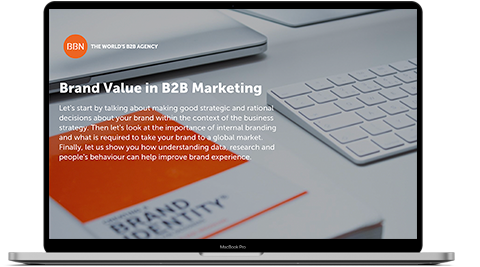Posted by BBN Central on 20th Jul 2021
5 Reasons your business should have a Public Relations Strategy
The value of a sound public relations strategy is absolutely critical to modern-day business. Delivering the right messages at the...
READ MOREPosted by BBN UK (Aberdeen) on 24th Mar 2020
As billions of people around the globe try and establish how best to cope with the COVID-19 pandemic, three fundamental factors are making communication with stakeholders difficult.
In an emotional cocktail of feeling threatened, uncertain and having a lack of control, people act first and think later. Around the world people have rushed to supermarkets emptying shelves, bulk buying toilet rolls, baked beans, pasta, and hand soap. At the time of writing the latest government advice is to self-isolate to slow the spread, presenting businesses with an ever-greater challenge to effectively communicate with its stakeholders as they decentralise.
There are two consistent themes in all communications at this time; transparency and compassion.
The most effective communications start from within. Your employees are your brand ambassadors and so it’s important that they are informed and know what’s going on. Communication should help to put their mind at ease; this will make external communications easier.
External communication is different from the internal. They are typically less frequent and messages are more refined.
Contact us if you need help with your communications at this crucial and sensitive time.
This article was written by:

Stevie Brown |
Posted by BBN UK (Aberdeen) on 24th Mar 2020
We've gathered thoughts and expertise from our top strategists to bring you this insightful publication in B2B marketing. Get our e-Book to understand how you can build brand value in your organisation.

1 email a month, EXCLUSIVE stories, and 10 minutes of your time.
Subscribe now
Posted by BBN Central on 20th Jul 2021
The value of a sound public relations strategy is absolutely critical to modern-day business. Delivering the right messages at the...
READ MORE
Posted by BBN Central on 1st Jun 2021
It’s frustrating putting lots of work into a press release only to see it not get picked up by anyone....
READ MORE
Posted by BBN UK (Aberdeen) on 4th May 2021
Times are challenging for many businesses right now. The focus is on cost once again. That means every penny that...
READ MORE
Posted by BBN Norway on 9th Mar 2021
Traditional Public Relations (PR) has fallen into the shadow of content marketing. However, PR can significantly benefit from the work...
READ MORE